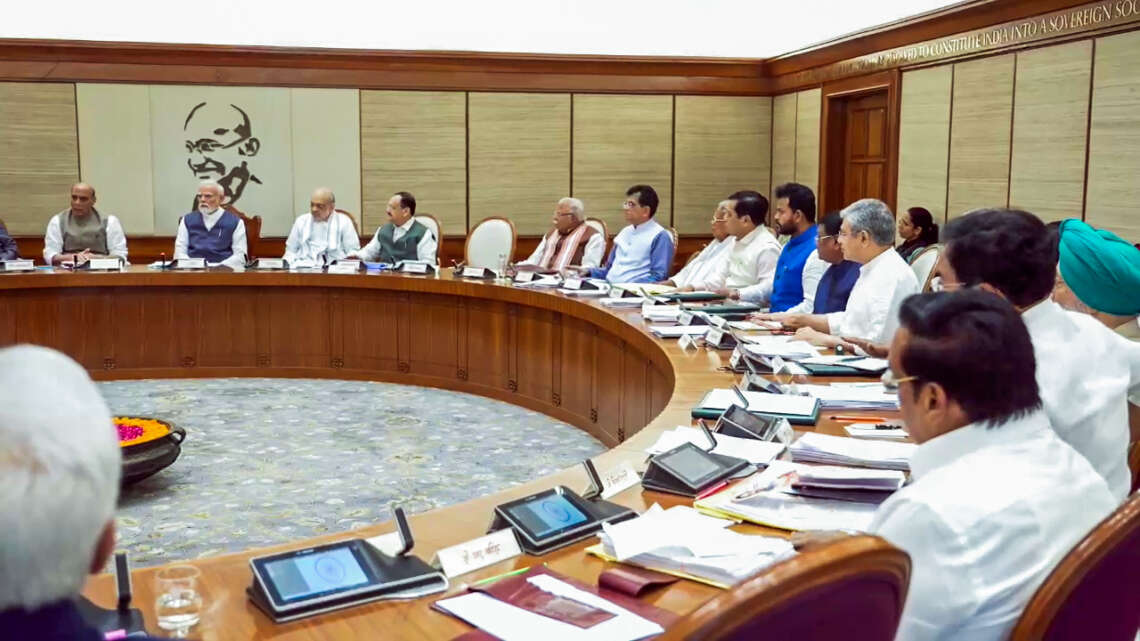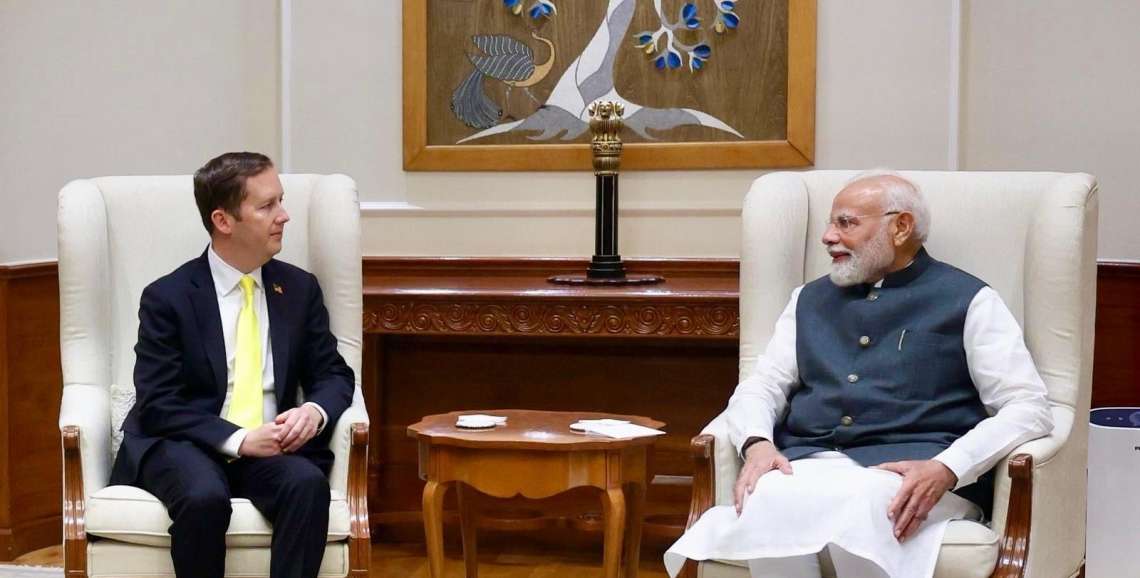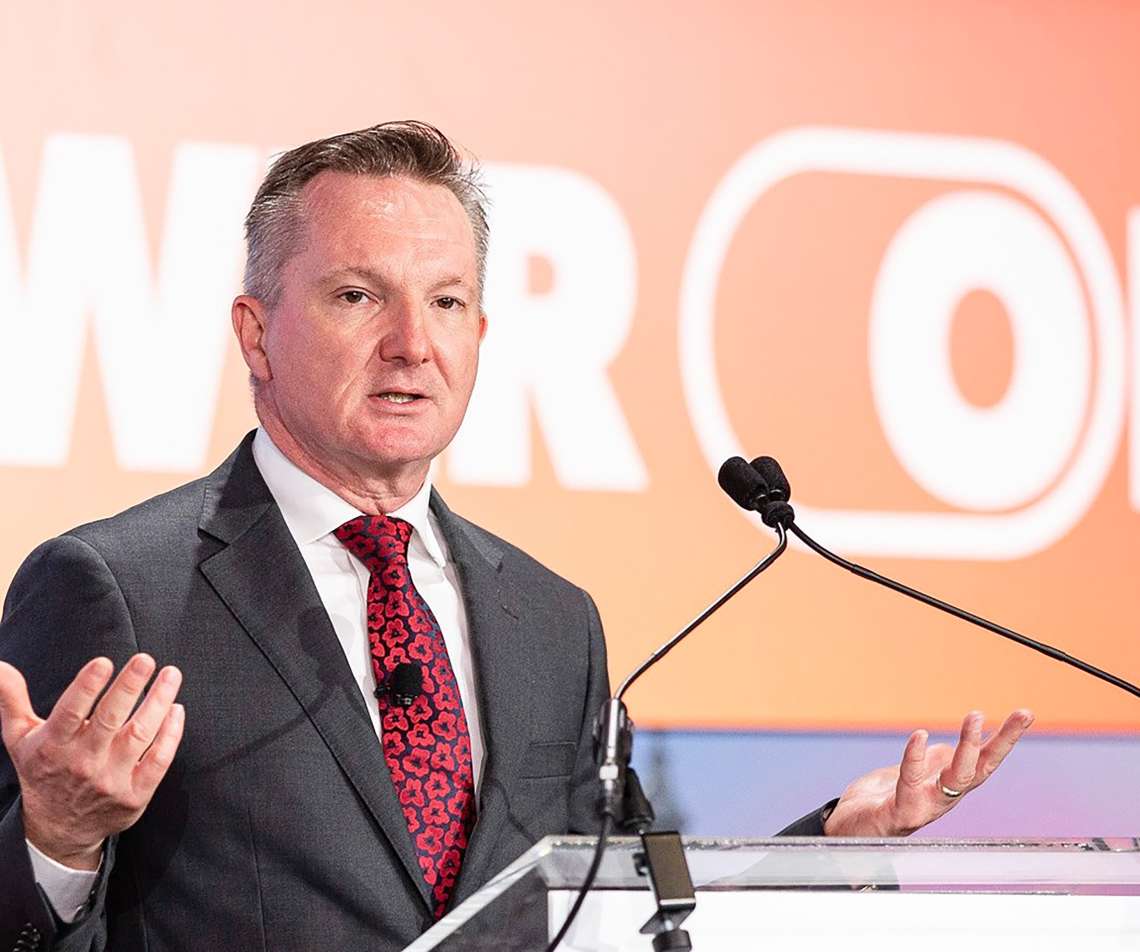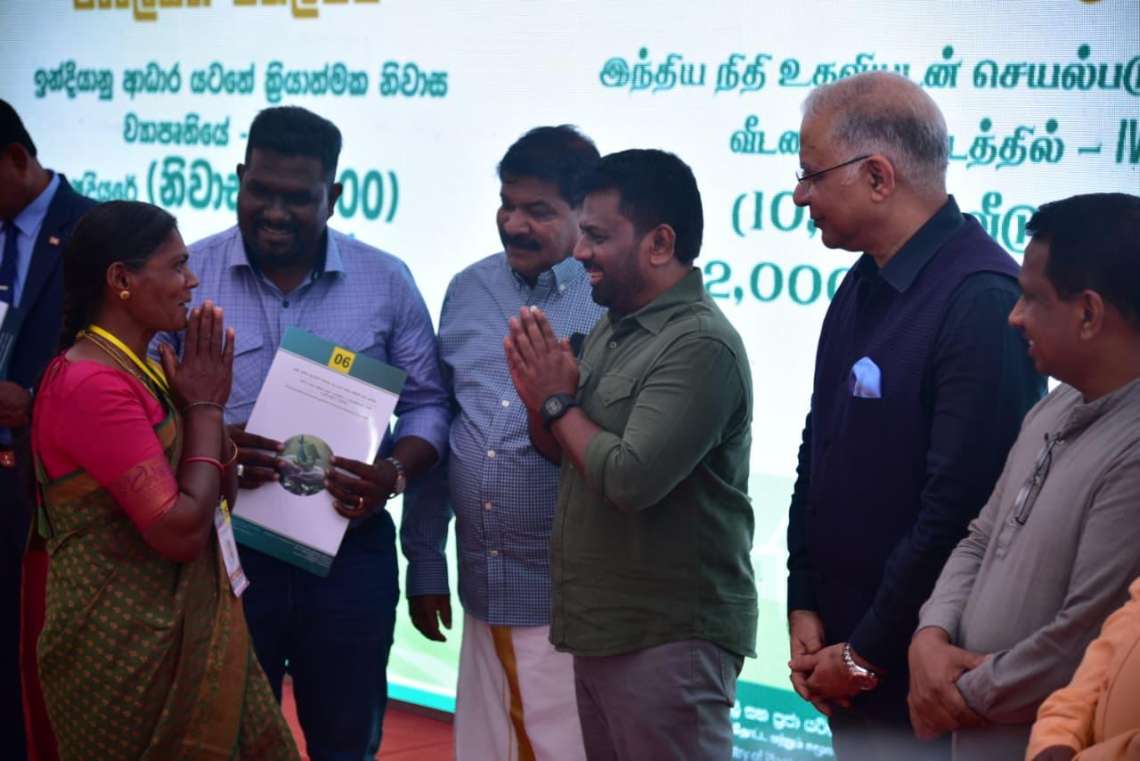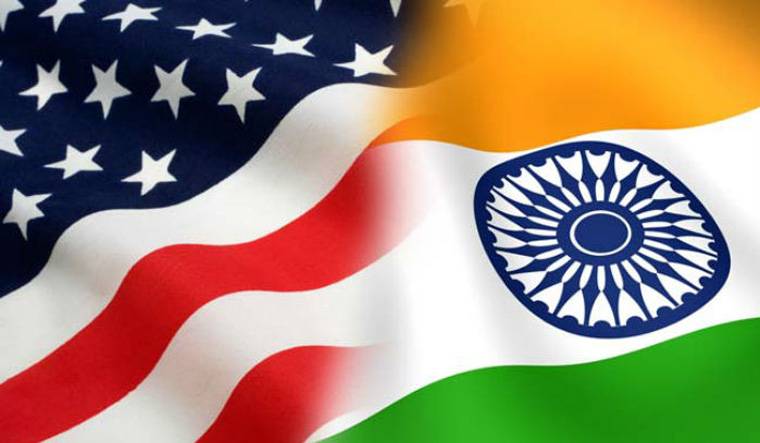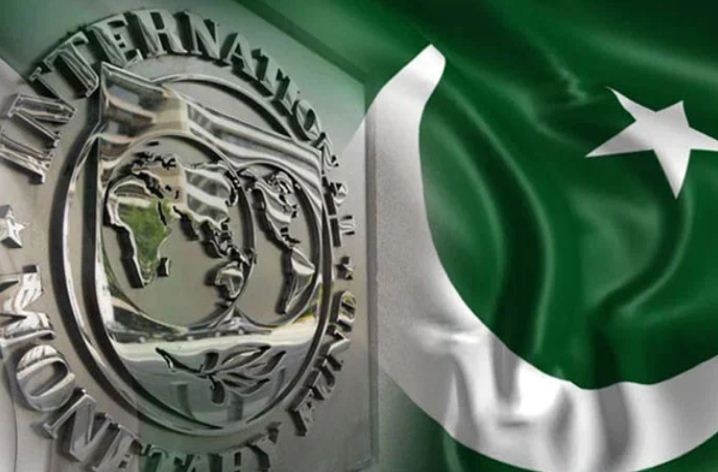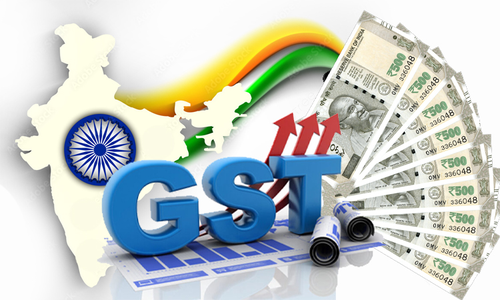Research Development and Innovation Scheme to provide 50-year interest-free loans to fund managers; focus on AI, quantum, biotech, digital agriculture and critical strategic tech
In a double-dose bid to boost growth and employment prospects, the Union Cabinet has approved a ₹2.07 trillion outlay for a research development and innovation (RDI) Scheme to fund private sector innovations, and an employment-linked incentive (ELI) to create over 35 million new jobs over the next two years.
While both the schemes were first announced in the Union Budget for 2024-25 presented last July, the ELI, for which the Cabinet has cleared ₹1.07 trillion to be spent between August 2025 and July 2027, was part of the Prime Minister’s package of five schemes to facilitate employment, skilling and other opportunities for 41 million youth with a total budget outlay of ₹2 trillion.
The RDI scheme aims to provide long-term financing or refinancing with long tenors at low or nil interest rates through a two-tiered structure to spur private-sector investment in RDI in sunrise sectors ranging from energy security and transition to quantum computing, robotics, biotechnology and artificial intelligence, the government said.
This will give the much-needed risk capital to strategic and sunrise sectors, Information and Broadcasting Minister Ashwini Vaishnaw told reporters at a briefing about the Cabinet’s decisions. The Economic Survey 2024-25 had highlighted that R&D spending in India was abysmally low and needed attention. The funds for private sector research under the new scheme would flow through a grant of 50-year interest free loans to the Anusandhan National Research Foundation (ANRF), chaired by the Prime Minister.
ANRF, thereafter, would give long term concessional loans to second level fund managers such as Alternative Investment Funds (AIFs), Development Finance Institutions (DFIs) and Non-Banking Financial Companies (NBFCs).
These second-level fund managers would then finance individual projects. The scheme would also facilitate setting up of a Deep-Tech Fund of Funds, finance transformative projects at higher levels of technology and support acquisition of critical technologies of high strategic importance.
Rajat Tandon, president of Indian Venture and Alternate Capital Association (IVCA), said they had long championed the need for dedicated risk capital in high-tech R&D and the scheme bridges a critical gap between policy vision and implementation.
“This initiative sends a strong signal to both domestic and global investors that India is serious about catalysing private capital into sunrise sectors like defence, space, and AI. The creation of a Deep-Tech Fund of Funds under this scheme is especially encouraging and will further unlock the potential of private equity, venture capital, and AIFs to drive the next wave of strategic innovation from India,” he said.
The Governing Board of ANRF will provide an overarching strategic direction to the RDI Scheme and its Executive Council would recommend the guidelines for the scheme and 2nd level fund managers along with scope and type of projects in sunrise sectors. Changes to the scheme, sectors or the type of projects as well as second-level fund managers would be approved by an Empowered Group of Secretaries led by the Cabinet Secretary, a statement said.
The ELI scheme consists of two parts, with Part A focused on first time employees and Part B focused on employers. Under part A, one month’s wages of up to ₹15,000 in two instalments will be given as a subsidy for first-time employees registered with the Employees’ Provident Fund Organisation (EPFO). Employees with salaries up to ₹1 lakh will be eligible and the subsidy will be paid in two instalments after an employee completes six and 12 months of service, along with a financial literacy programme.
“To encourage the habit of saving, a portion of the incentive will be kept in a savings instrument of deposit account for a fixed period and can be withdrawn by the employee at a later date. This will benefit around 19.2 million fresh beneficiaries entering the workforce,” the Union Labour and Employment Ministry said in a statement.
The part B of the scheme will cover generation of additional employment with salaries up to ₹1 lakh in all sectors, with a special focus on the manufacturing sector. The government will incentivise employers registered with EPFO, up to ₹3,000 per month, for two years, for each additional employee with sustained employment for at least six months. For the manufacturing sector, the incentive will be extended to the 3rd and 4th years as well.
Employers (with less than 50 employees) will have to add at least two additional employees or five additional employees (in case of 50 or more employees) to avail benefits. “In the budget three ELI schemes were announced. However, the second and third scheme quite a lot of overlap, hence they have been condensed as Part B. All other parameters remain the same,” explained an official, requesting anonymity.


